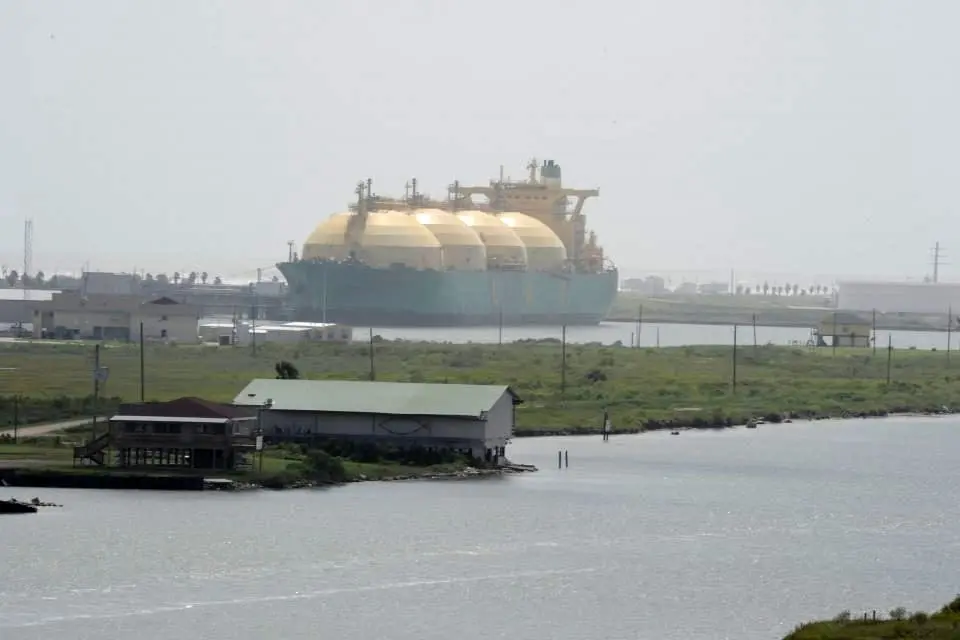LNG does not guarantee compliance with 2020 sulphur cap, study says
Creating LNG infrastructure for shipping in Europe would cost $22 billion and deliver a 6% reduction in ship GHG emissions by 2050 compared to the replaced diesel, a new study for Transport & Environment (T&E) by the UMAS consultancy found. Until today, Europe has spent half a billion US dollars on LNG infrastructure.

Creating LNG infrastructure for shipping in Europe would cost $22 billion and deliver a 6% reduction in ship GHG emissions by 2050 compared to the replaced diesel, a new study for Transport & Environment (T&E) by the UMAS consultancy found. Until today, Europe has spent half a billion US dollars on LNG infrastructure.
These emissions savings would likely be cancelled out by the growth of maritime trade, even before higher rates of methane slip. The EU’s 2014 Alternative Fuels Infrastructure Directive requires member states to build LNG infrastructure across European ports. This will make the decarbonisation of shipping even more challenging, the study says.
Faig Abbasov, shipping officer at T&E, noted:
"Europe should back future-proof technologies that would deliver the much greater emissions reductions that will be needed, including port-side charging or liquid hydrogen infrastructure. This means the EU needs to stop mandating LNG infrastructure in European ports."
In addition, according to the study, if current investments in LNG infrastructure require a large LNG market, but the sector turns to zero-emission technologies like hydrogen, ammonia and electric propulsion, then many LNG assets will likely become stranded by 2050.
Domagoj Baresic, consultant, UMAS and PhD researcher, UCL Energy Institute, said that there is uncertainty regarding LNG. He noted that the fuel may be an option for complying with the 2020 sulphur cap, but it cannot enable the GHG reductions that have been committed to in the IMO’s initial strategy for GHG reduction.















![AIRBUS A380 [MORE THAN 600 PASSENGER’S CAPACITY PLANE]](https://cdn.tinn.ir/thumbnail/4jCp4EQvCU0b/IjHVrSYQrIAqIzXuTzADR7qLYX4idQT4nfq__26E5SCUPLMqfhWkWajvuO9Wfq1ql1TjV4dhkrHliNQU82kMpo2NNftT_NGEwHc9KXtN_rk731bmifa2IQ,,/airbus-a380-structure1.jpg)

Send Comment